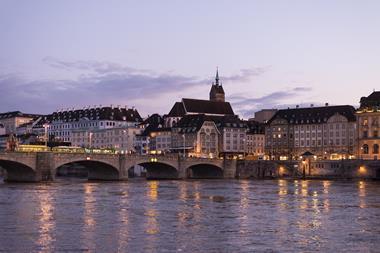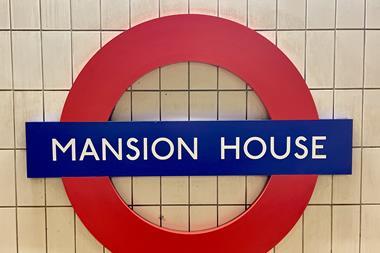Large Dutch pension funds’ coverage ratios improved somewhat in September, but not enough to eliminate the prospect of pension cuts, according to the quarterly reports from industry-wide schemes ABP, PFZW, PMT and PME.
The threat of reductions looms despite good investment performance, the reports indicate. In the third quarter ABP posted a return of 3.8%, PFZW 5.5%, 5.7%, PME 5.7%, and PMT 7.2%.
ABP reached a current coverage ratio of 91% at the end of September. This is an improvement on the 88.6% in late August, but still well below the critical coverage ratio, which for ABP must be around 95% at the end of 2019.
Chair Corien Wortmann-Kool said: “In all likelihood, we will have to reduce pensions next year, and it does not look good for the coming years either.”
The current situation means that the €442bn civil service scheme would have to cut pensions by between 0 and 1.5%, a reduction of €0 to €12 per month for a pension of €800 a month, net. The reduction would also affect pension accrual.
A spokesperson explained to Dutch pension publication Pensioen Pro that the current position would effectively lead to a 0.4% cut, which is the difference between the 91% now and the critical coverage ratio of 95%, spread over the maximum allowable timeframe of 10 years.
“We wanted to mention a range for the scheme members so as not to give false precision”
ABP spokesperson
“We wanted to mention a range for the scheme members though, so as not to give false precision,” the spokesperson said.
The 1.5% at the top of the range would occur at a coverage ratio of 80%.
Even though the scheme uses the example of a reduction spread out over a 10-year period, ABP has not yet made a final decision on the choice of timeframe, the spokesperson added.
A shorter timespan would mean relatively higher cuts.
Schemes look to politicians
Healthcare scheme PFZW saw its coverage ratio increase from 89.9% to 92.2%, meaning this fund is also below the critical funding ratio – although the difference is smaller than at ABP. The critical coverage ratio for PFZW is 94%. As things stand the pension cut could be a one-off 1.8%.
The schemes are appealing to the government.
“To avert cuts, we urgently need the help of The Hague,” PFZW director Peter Borgdorff stated in the pension fund’s quarterly report.
ABP said its “hope is based on a rapid implementation of the pension deal” and on “measures that prevent unnecessary, multi-year reductions during the transition period”.
In addition to possible reductions next year, ABP and PFZW also risk having to make cuts linked to the minimum required own funds measure from 2021. These would happen if funds are not able to reach 100% by the end of 2020.
Metal industry funds
The metal funds PMT and PME are already heading for such a reduction at the end of this year.
Both schemes are still well below the required funding level, despite improvements in September. PMT stood at 94.6%, precisely two percentage points more than at the end of August. PME’s last position was 93.4% compared with 91.5% a month earlier. Based on current levels, a reduction of 5-7% would be required for the metal industry funds.
It would “almost take a miracle” to avert these cuts next year, PME director Erik Uijen said.
“We’ve been preparing members as much as we can, yet this will come as a big blow to everyone”
PME director Erik Uijen
“We’ve been preparing members as much as we can, yet this will come as a big blow to everyone,” he added.
PMT reported that it is in talks with social affairs minister Wouter Koolmees and that it insists on a “smooth and stable transition to a new system.”
A spokesperson said that PMT would, simply put, prefer to not apply any cuts next year. Together with other funds a plan is being studied for different calculation rules in the new system. These are “certainly not just about the discount rate,” the spokesperson said.
ABP and PFZW do not want to elaborate on their talks with the minister or with other funds: “All kinds of negotiations are taking place at the moment, it’s best not to interfere with this now,” said the ABP spokeswoman.
PME reported in September that it did not want to spread out the cuts across the full span of 10 years, partly due to the cost. The scheme prefers to apply a reduction of less than 4% in one go and further cuts of 7% in two steps. PMT has similar plans, the fund said at the time.
The reductions in these cases are unconditional, as opposed to the recovery plan cuts at PFZW and ABP, as these can still be reversed if the funding ratio improves.





























No comments yet